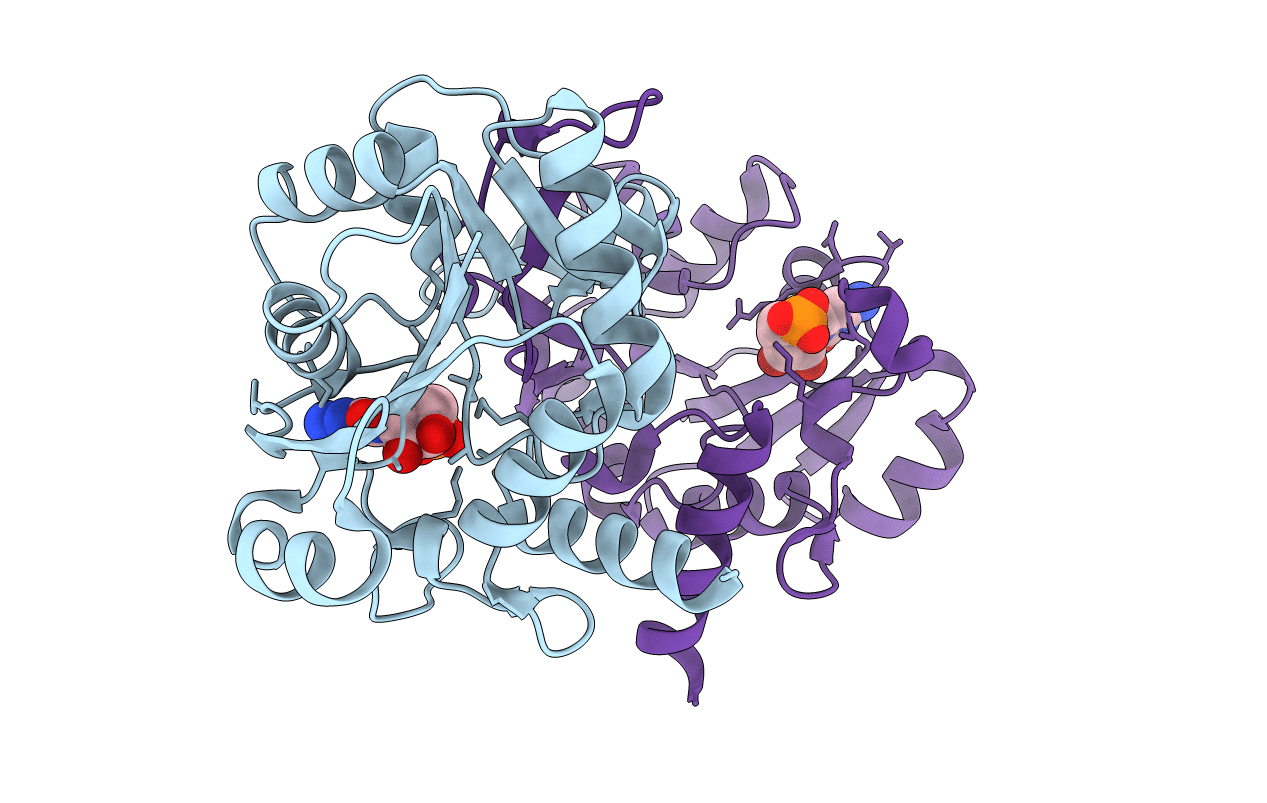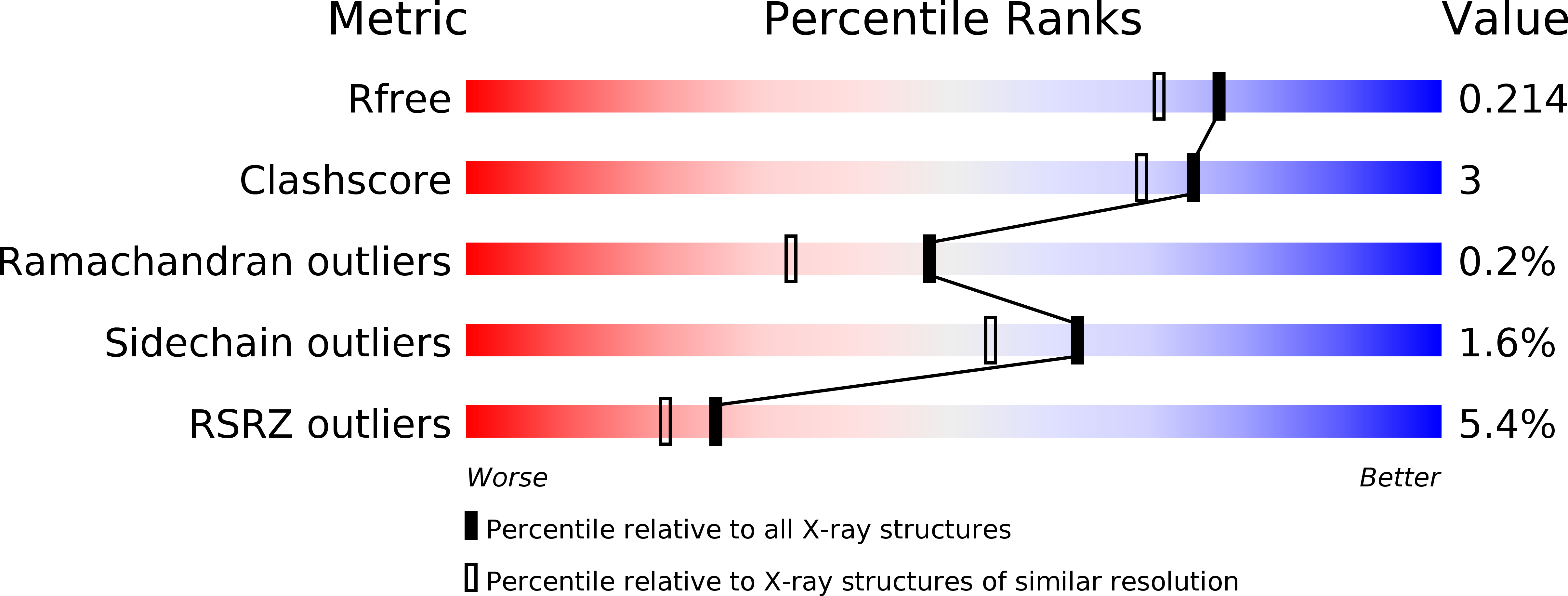
Deposition Date
2010-11-04
Release Date
2011-04-27
Last Version Date
2024-05-08
Entry Detail
PDB ID:
2XWM
Keywords:
Title:
Crystal structure of IspD from Mycobacterium smegmatis in complex with CMP
Biological Source:
Source Organism:
MYCOBACTERIUM SMEGMATIS (Taxon ID: 246196)
Host Organism:
Method Details:
Experimental Method:
Resolution:
1.80 Å
R-Value Free:
0.21
R-Value Work:
0.18
R-Value Observed:
0.18
Space Group:
P 21 21 21


